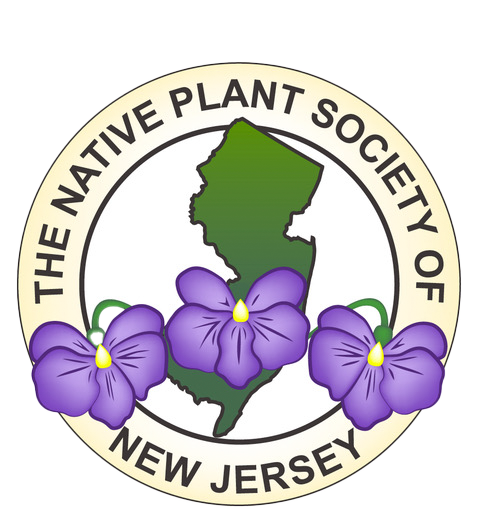Deer: Effects of overabundant deer and other factors in northern New Jersey
– This is a scholarly article documenting the regional changes to forest understories since the mid-twentieth century by Jay F. Kelly Ph.D., Raritan Valley Community College
– He looks at changes in species and size of woody plants and the impact of deer on them. Other factors are studied also, however, deer is the overwhelming factor. He compares old data, current data and data from deer exclosures.
– From the abstract: “Because deer strongly reduce tree recruitment, shift species composition, and reduce understory cover across large spatial scales, they represent a significant concern for forest managers and an issue that should be effectively addressed.”
– Average deer population in NJ in 1998 was 38 deer per sq. mi. When deer population is higher than 10 deer per sq. mi. then deer impact becomes evident. The highest regional densities of 75 per sq. mi. occurred in northern-central New Jersey. Update: in 2019, the average count was 120-140 deer per sq. mi. in many areas (Ryck Suydam, president of the New Jersey Farm Bureau, April 2019).
Hemlock: Another Tree In Peril Our native Eastern or Canadian hemlock is in trouble and as usual people are to blame.
Highways: Highway Beautification Not Just About Aesthetics. In an ecological version of roadside assistance, the South Jersey Transportation Authority, which runs the Atlantic City Expressway, recently planted 35 linear acres of native wildflowers along the highway.
Invasive Plants:
What Are Invasive Plant Species, Anyway?
WHY do we need a definition because we nationally need to “pull together” and one accepted definition would allow us to do that smoothly?
Invasive Plant Species
Don’t plant these invasive plants and be a part of the big problem.
Ponds:
Pond Planting for Habitat and The Pond Edge The pond edge is a narrow band that, with proper planning, can be quite valuable to a land manager.
Restoring Balance and Beauty to your Pond with Native Aquatic Plants Maintaining dense vegetation around a pond has a beneficial impact on water quality.
Rain Gardens: Rain Garden Manual Help protect our State’s precious water resources and add to the health and diversity of our native habitats and landscapes.
Salt Marshes: Salt Marshes They are the wetlands between the ocean beaches and the freshwater rivers.
Threatened Plants: NJDEP: Special Plants of New Jersey Description of NJDEP’s creation of list of plants of special concern. Includes the link to the listing.
Threatened Plants:
NJDEP: Status & Trends Reports status and trends in plant species rarity statewide.
Amaranthus pumilus (Seabeach Amaranth) Rare Beach Plant Nearly Doubled NJDEP biologists have documented a nearly doubling of the state’s population of a rare beach plant, demonstrating the resilience of nature.
Corema conradii (broom crowberry) NJDEP restores habitat Much work has been done to restore habitat in the East Plains Natural Area in Ocean County’s Stafford Forge WMA to boost populations of the state-endangered broom crowberry, a rare plant found only intermittently in the Northeastern U.S. and maritime Canada.
Dichanthelium hirstii 2019 Plant of the year: Hirst’s panic grasss Dichanthelium hirstii is a species of grass that is known from only three sites in New Jersey, one site in Delaware, two sites in North Carolina and one site in Georgia.
Gentiana autumnalis Pine Barren Gentian 2021 Plant of the year – category ‘Special & Rare Plants of NJ’. Pine barren gentian contrasts with the expected colors of fall, blooming from September to early November in New Jersey.
Isotria medeoloides (Small Whorled Pogonia) Globally Rare Orchid Found in Stokes State Forest Biologists with NJDEP have confirmed a new occurrence of a globally rare orchid, the small whorled pogonia, within Sussex County’s Stokes State Forest.
